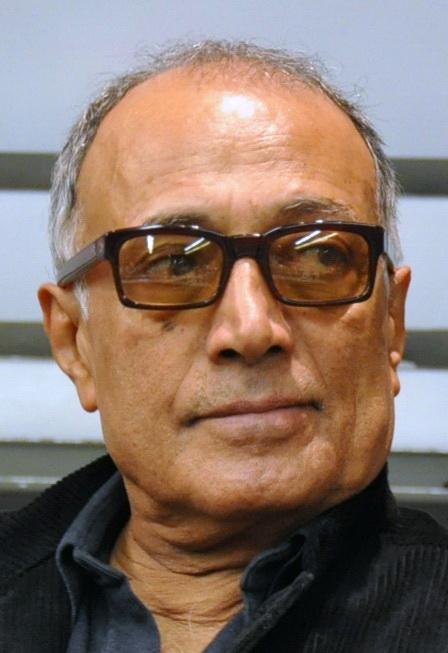Abbas Kiarostami
 Abbas Kiarostami ( ; 22 June 1940 – 4 July 2016) was an Iranian film director, screenwriter, poet, photographer, and film producer. An active filmmaker from 1970, Kiarostami had been involved in the production of over forty films, including shorts and documentaries. Kiarostami attained critical acclaim for directing the Koker trilogy (1987–1994), ''Close-Up'' (1990), ''The Wind Will Carry Us'' (1999), and ''Taste of Cherry'' (1997), which was awarded the Palme d'Or at the Cannes Film Festival that year. In later works, ''Certified Copy'' (2010) and ''Like Someone in Love'' (2012), he filmed for the first time outside Iran: in Italy and Japan, respectively. His films ''Where Is the Friend's House?'' (1987), ''Close-Up'', and ''The Wind Will Carry Us'' were ranked among the 100 best foreign films in a 2018 critics' poll by BBC Culture. ''Close-Up'' was also ranked one of the 50 greatest movies of all time in the famous decennial ''Sight & Sound'' poll conducted in 2012.
Abbas Kiarostami ( ; 22 June 1940 – 4 July 2016) was an Iranian film director, screenwriter, poet, photographer, and film producer. An active filmmaker from 1970, Kiarostami had been involved in the production of over forty films, including shorts and documentaries. Kiarostami attained critical acclaim for directing the Koker trilogy (1987–1994), ''Close-Up'' (1990), ''The Wind Will Carry Us'' (1999), and ''Taste of Cherry'' (1997), which was awarded the Palme d'Or at the Cannes Film Festival that year. In later works, ''Certified Copy'' (2010) and ''Like Someone in Love'' (2012), he filmed for the first time outside Iran: in Italy and Japan, respectively. His films ''Where Is the Friend's House?'' (1987), ''Close-Up'', and ''The Wind Will Carry Us'' were ranked among the 100 best foreign films in a 2018 critics' poll by BBC Culture. ''Close-Up'' was also ranked one of the 50 greatest movies of all time in the famous decennial ''Sight & Sound'' poll conducted in 2012.Kiarostami had worked extensively as a screenwriter, film editor, art director, and producer and had designed credit titles and publicity material. He was also a poet, photographer, painter, illustrator, and graphic designer. He was part of a generation of filmmakers in the Iranian New Wave, a Persian cinema movement that started in the late 1960s and emphasized the use of poetic dialogue and allegorical storytelling dealing with political and philosophical issues.
Kiarostami had a reputation for using child protagonists, for documentary-style narrative films, for stories that take place in rural villages, and for conversations that unfold inside cars, using stationary mounted cameras. He is also known for his use of Persian poetry in the dialogue, titles, and themes of his films. Kiarostami's films contain a notable degree of ambiguity, an unusual mixture of simplicity and complexity, and often a mix of fictional and documentary elements. The concepts of change and continuity, in addition to the themes of life and death, play a major role in Kiarostami's works. Provided by Wikipedia
1
2
Published 1994
Other Authors: ';
“...Kiarostami, Abbas...”
3
4
5
6
Published 2000
Other Authors: ';
“...kiarostami, Abbas...”